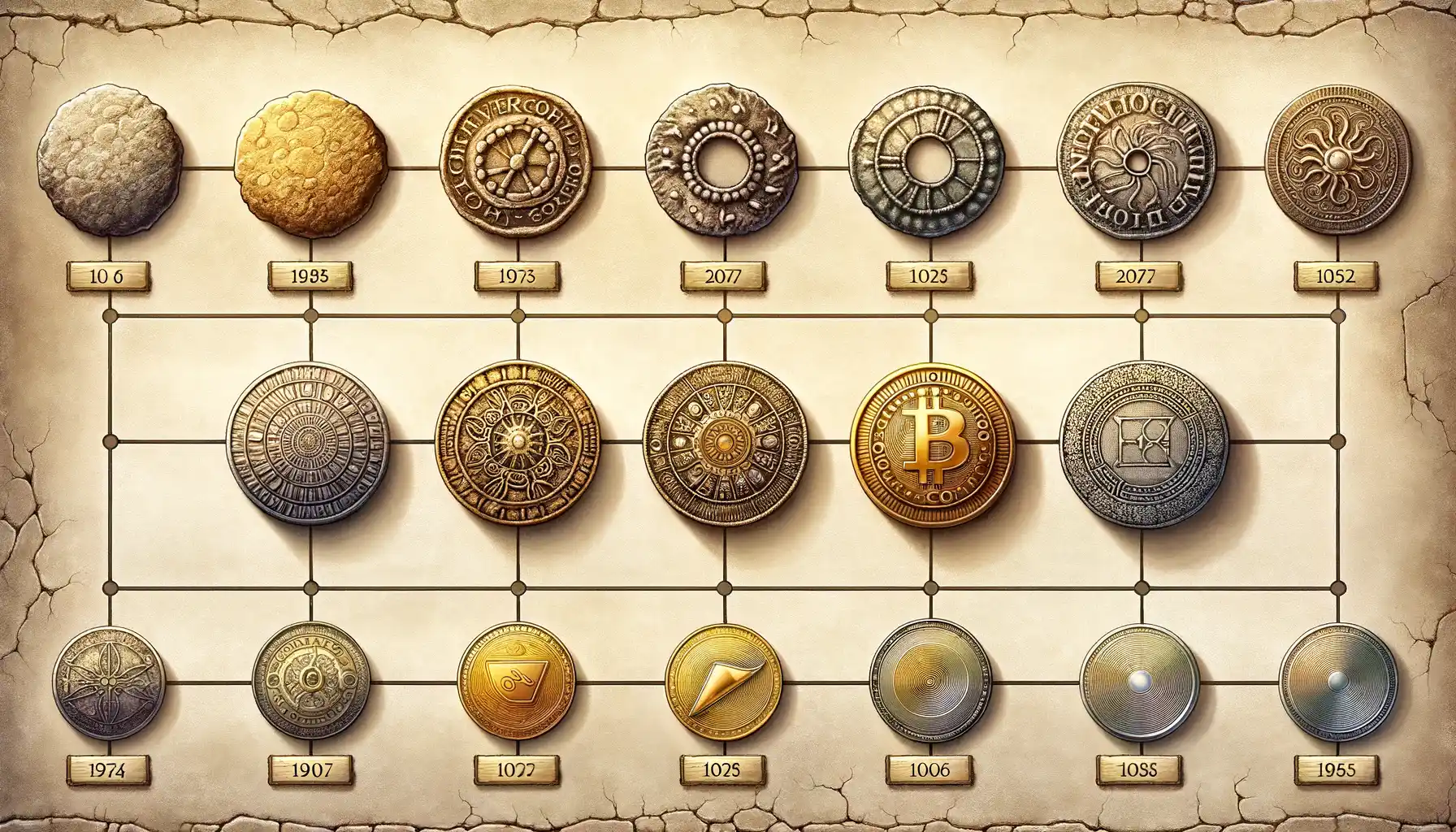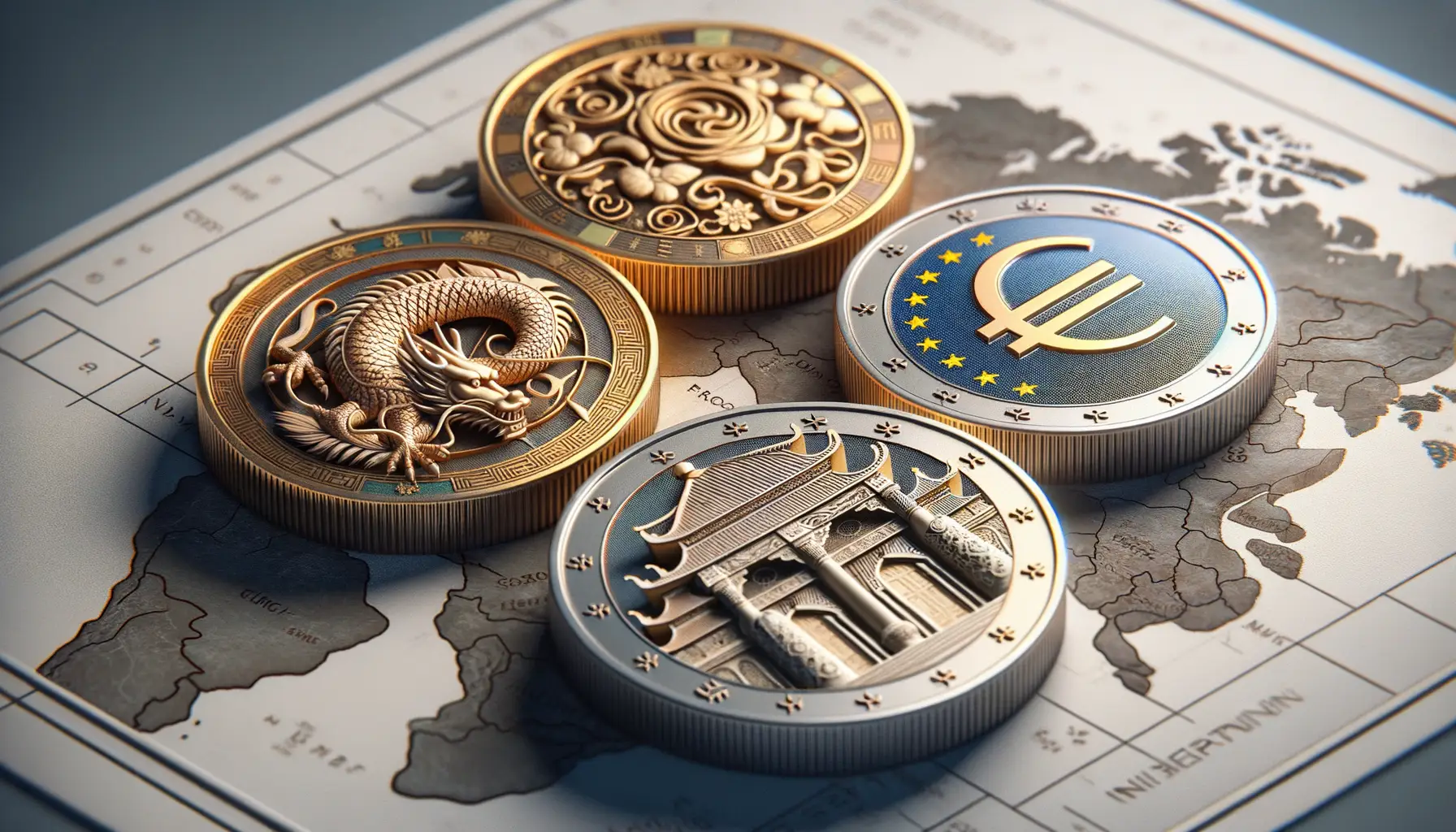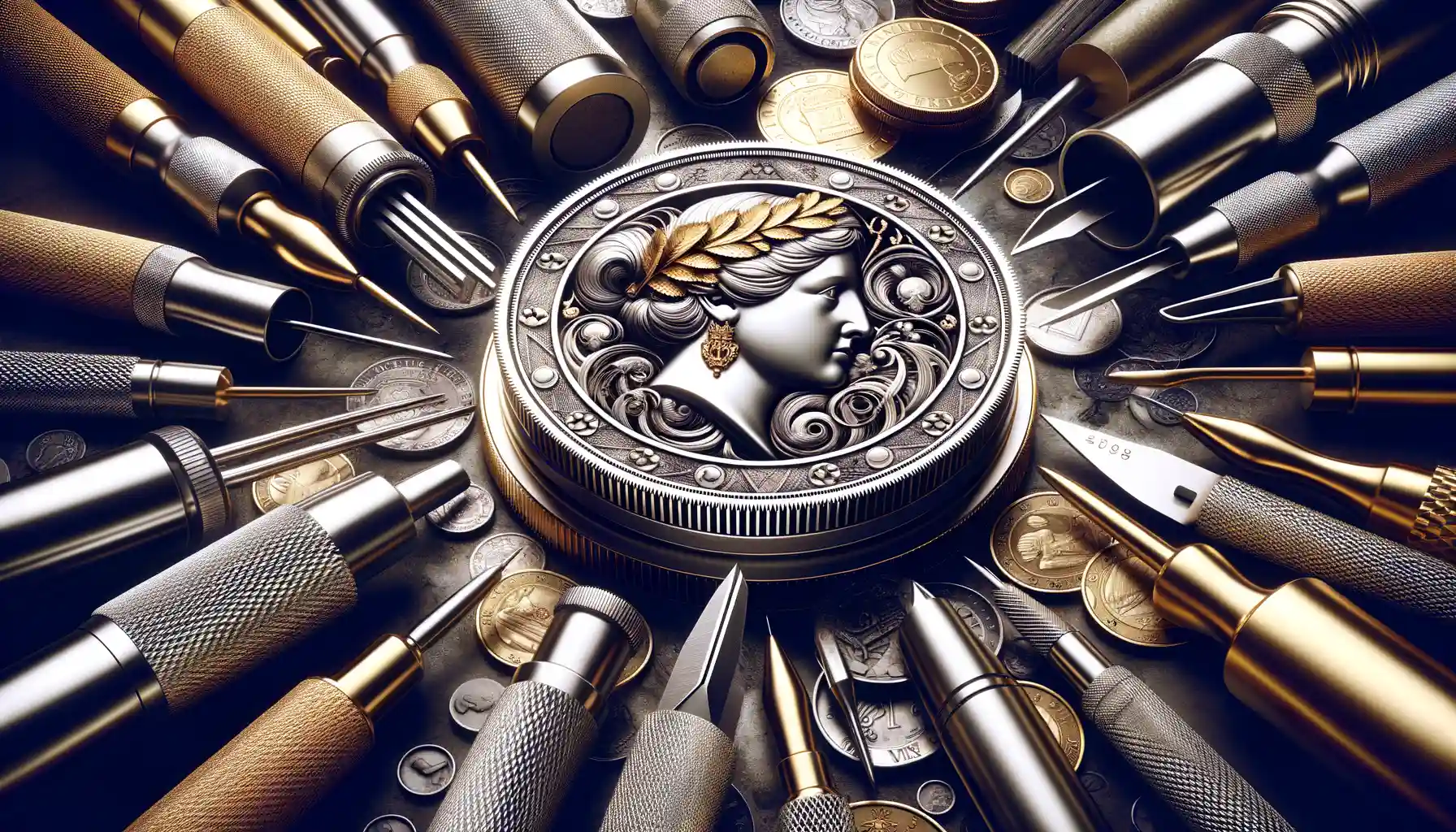Historical Origins of Coin Design
The Spark of Creativity: Early Coin Inscriptions and Symbols
Imagine holding a coin from 600 BCE in your hand—its edges crude, its surface uneven. But there it is, a small piece of history. The first coins weren’t just currency; they were miniature works of art, forged with purpose and storytelling in mind. The ancient Lydians, often credited with creating the first coins, used a peculiar mix of gold and silver called electrum. Their designs? Strikingly bold. Lions, bulls, and other symbols of power proudly adorned these early coins, whispering tales of strength and royalty to anyone who held them.
Fast forward to ancient Greece, and things get even more sophisticated. Greek coins became timeless masterpieces, engraved with gods like Athena wearing her signature helmet or Poseidon wielding his mighty trident. The details were astonishing, almost audacious, considering their size.
- Faces of rulers began appearing on coins during Alexander the Great’s reign—an innovative spin that tied money to human authority.
- Symbols of divine protection, such as owls or olive branches, reflected cultural values and beliefs.
Each stroke of the engraver’s chisel turned these small discs into windows into their world—stories, loyalties, and ambitions etched in metal forever.
Key Milestones in Coin Art and Technology

The Turning Points That Shaped Coin Art
Coins aren’t just pieces of metal—they’re storytellers, cradling centuries of human ingenuity. Some moments in history turned coin design into an art form, weaving aesthetics with innovation. Imagine this: in 600 BCE, Lydia’s earliest coins featured a wild mix of glittering gold and silver. These were called electrum coins, and they didn’t just mark transactions; they announced prestige, stamped with lions that roared wealth and power.
Fast-forward to the Roman Empire, where coins became political billboards. Emperors like Julius Caesar had their faces engraved, not for vanity, but as symbols of dominance. Add slogans, gods, and military victories, and suddenly you have miniature propaganda tools jingling in your pocket!
- The Renaissance took coin artistry up a notch. Italy’s engravers, like Benvenuto Cellini, transformed coins into masterpieces, filled with intricate human portraits and architectural wonder.
- Then the Industrial Revolution broke onto the scene, with machines minting coins faster and more precisely than human hands ever could.
Technology Reshaping Coin Craft
Could you imagine lasers sculpting coins? That’s the reality today! Technological leaps—like computer-aided design (CAD)—allow minting houses to engrave every hair strand or feather on a coin with breath-taking accuracy. Even holograms, once reserved for sci-fi movies, now shimmer on modern collector’s coins, blending art with futuristic tech. And let’s not forget blockchain technology enhancing the way we trace coin production. From ancient chisels to cutting-edge digital designs, every milestone whispers humanity’s creativity.
Influence of Culture and Politics on Coin Designs

Cultural Identity Woven into Metal
Coins are tiny, yet they carry the weight of entire civilizations. Have you ever held a coin and wondered about its story? Often, it’s a snapshot of a culture’s identity. Think of ancient Greek coins adorned with gods like Zeus or Athena, reflecting their deep reverence for mythology. Or consider Japan’s early oval-shaped coins called *koban*, echoing artistry inspired by Zen simplicity.
Culture whispers through the designs. In one era, it might be bold, intricate patterns symbolizing prosperity; in another, minimalist shapes speak volumes about restraint and introspection. Even regional plants and animals have found their way onto coins to celebrate natural heritage.
- The Canadian “Loonie” features a loon, embracing the country’s wildlife.
- India’s coins, often stamped with Mahatma Gandhi, serve as constant reminders of their hard-fought independence.
Politics Stamped on Metal
Ah, politics! The invisible hand shaping every coin’s face. When leaders rise, so do their profiles—literally, minted into currency. Napoleon Bonaparte’s coins emphasized his dominance, while Roman Emperors used coins to broadcast their reign across vast territories. Coinage is propaganda in your pocket.
And don’t forget revolutions or regime changes. For instance, post-Soviet Russia’s coins broke away from Soviet symbols, marking a new era. In contrast, commemorative coins issued during Queen Elizabeth II’s Jubilee celebrated British monarchy continuity. How fascinating that these small discs aren’t just currency—they’re political canvases.
Modern Innovations in Coin Craftsmanship

Where Art Meets Technology: The New Face of Coin Design
Imagine holding a piece of history in one hand and a glimpse of the future in the other—that’s what modern coins feel like today. Thanks to cutting-edge innovations, the centuries-old craft of coin-making has entered an era of breathtaking transformation. Forget the flat, predictable coins of old. Today’s designs play with texture, depth, and even light itself.
For starters, laser engraving has become a game-changer. It allows creators to etch impossibly intricate patterns, from swirling galaxies to lifelike portraits. Each detail is so crisp, it feels as though the image might leap from the surface. And then there are micro inscriptions: words so tiny they’re nearly invisible to the naked eye but hold hidden stories for those who dare to grab a magnifying glass.
- Holographic effects: Coins now shimmer and shift colors as you tilt them.
- Bimetallic designs: A single coin can combine two metals, creating bold contrasts of color and texture.
- Smart tech: Some futuristic coins embed NFC chips for digital authentication.
Who would’ve thought these humble discs could rival fine jewelry? It’s no longer just currency—it’s art in your pocket.
The Legacy and Future of Coin Design Trends

Coins as Time Capsules: Honoring the Art and Story of the Past
Coins are more than just currency; they’re tiny, tangible pieces of history, passed from hand to hand, telling stories of eras long gone. The legacy of coin design is a rich tapestry woven with intricate artistry and cultural pride. Think of the delicate floral engravings on Victorian coins or the bold, declarative profiles of ancient emperors—each whispering its own tale of ambition, power, and identity.
But it’s not just about beauty; coins have been tools of communication. A medieval coin might flaunt a lion to symbolize strength or a crowned monarch to reinforce authority. Over time, these symbols became reflections of societal values shifting with history’s tide. Isn’t it fascinating how a small disc of metal could encapsulate an entire zeitgeist?
- The U.S. Mint’s celebrated shift to include diverse figures like Maya Angelou on modern quarters speaks volumes about evolving priorities.
- Meanwhile, Japan’s yen coins—with cherry blossoms etched into them—remain a heartfelt connection to their natural heritage.
What Lies Ahead: Designing Tomorrow’s Heirlooms
Fast forward to today, and the world of coin design feels like a creative playground. With innovations such as laser engraving and holographic finishes, the canvas for numismatics has expanded beyond imagination. Picture a coin that shimmers with colors as you tilt it, or one embedded with a microchip—blurring the boundaries between artistry and technology.
Nation-states increasingly view coin designs as not just a functional element, but a soft power tool. Countries are beginning to incorporate themes like environmental conservation, technological innovation, and even fictional heroes into their designs. Could we someday hold coins that narrate our commitment to saving the planet, or ones celebrating groundbreaking achievements in AI?
As collectors and casual enthusiasts alike, we’re part of the story too. Every coin slipped into a keepsake box or tucked into a wallet becomes a personal piece of that journey—a connection to where we’ve been and where we’re going. The future isn’t simply about imagining; it’s being shaped right now, coin by coin.



